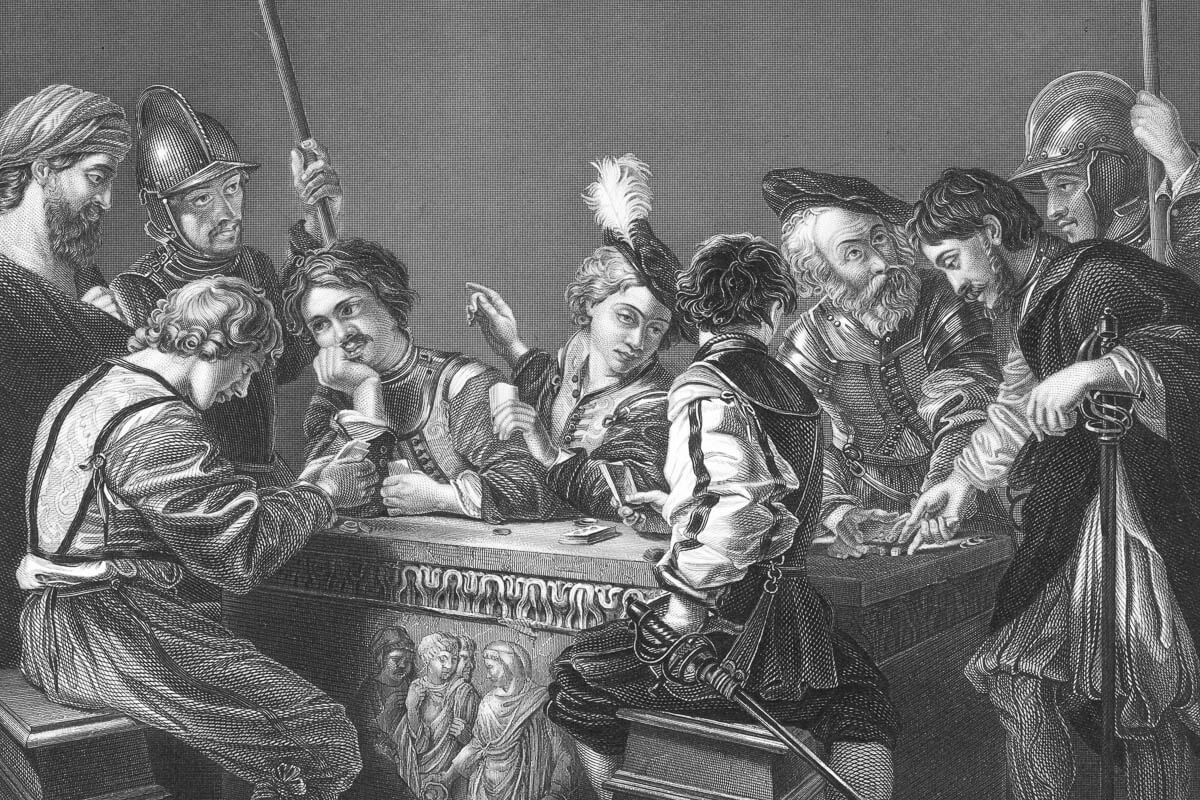 |
The Eastern Roman Empire fell just 39 years before Columbus sailed to America. |
World History |
 |
| |
| Historians often refer to the Eastern Roman Empire as the Byzantine Empire, but that term wasn't used until after it fell; the citizens of the empire still thought of themselves as Romaioi, or Romans. The capital was Constantinople (now Istanbul in modern-day Turkey), named after Emperor Constantine I. As Constantine was the first Christian emperor of Rome, the Byzantines adopted Christianity as the state religion. But they also embraced their heritage from ancient Greece, and in the seventh century CE, Greek replaced Latin as the empire's official language. | |
| In the 11th century CE, the Byzantine Empire faced escalating threats from both sides — the Crusades caused tension with Western Europe, and the Turks destabilized Anatolia, the point where Asia meets Europe. The empire fell in 1453 when Ottoman Turks breached the walls of Constantinople after a 55-day siege, toppling the last vestiges of the long-powerful Roman Empire. By then, Europe was in the early stages of the Renaissance and the Age of Exploration. Christopher Columbus set sail to the Americas in 1492, just 39 years later. | |
 | |||
| |||
Ditch the Stigma and Start Therapy on BetterHelp | |||
| Thank you for supporting our sponsors! They help us keep History Facts free. |
 | |||||||||
By the Numbers | |||||||||
| |||||||||
| |||||||||
 | |||||||||
| |||||||||
The Byzantines used a mysterious precursor to napalm. | |||||||||
| The Byzantine Empire was able to defend Constantinople for centuries using a devastating incendiary material known as "Greek fire," an ancient precursor to modern chemical weapons. Invented in the seventh century CE, the fiery substance was typically deployed in bombs via catapult or sprayed from a siphon mounted on the bow of a ship. Once ignited, it could even burn on water; it could only be extinguished with sand or vinegar. The exact formula of Greek fire was an exceedingly well-kept secret that eludes historians even today — although it was probably a petroleum-based substance, and likely contained chemical elements such as sulfur or calcium oxide, also known as quicklime. | |||||||||
 | |||
Recommended Reading | |||
 | |||
| | |||
 | |||
| | |||
| + Load more | |||
| |||
| |||||||||
| Copyright © 2024 History Facts. All rights reserved. | |||||||||
| 700 N Colorado Blvd, #513, Denver, CO 80206 | |||||||||






No comments:
Post a Comment